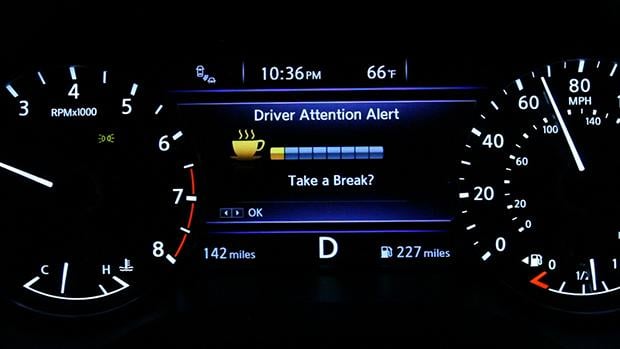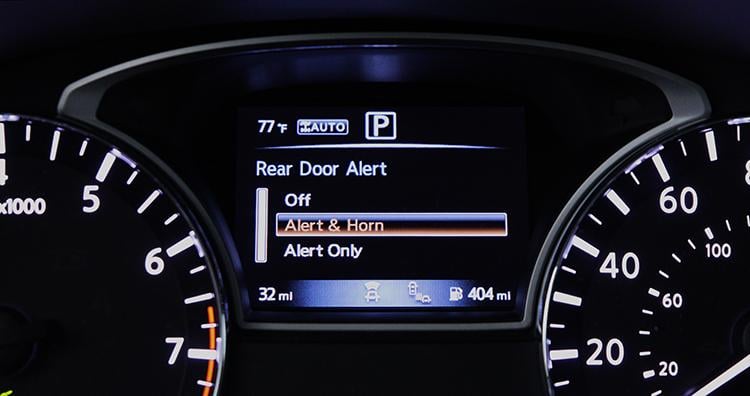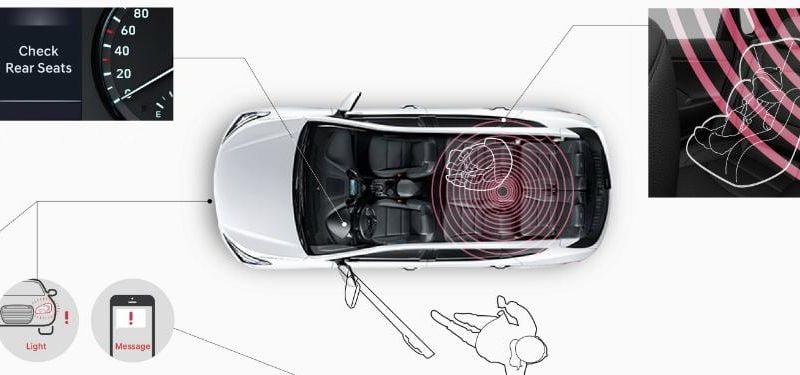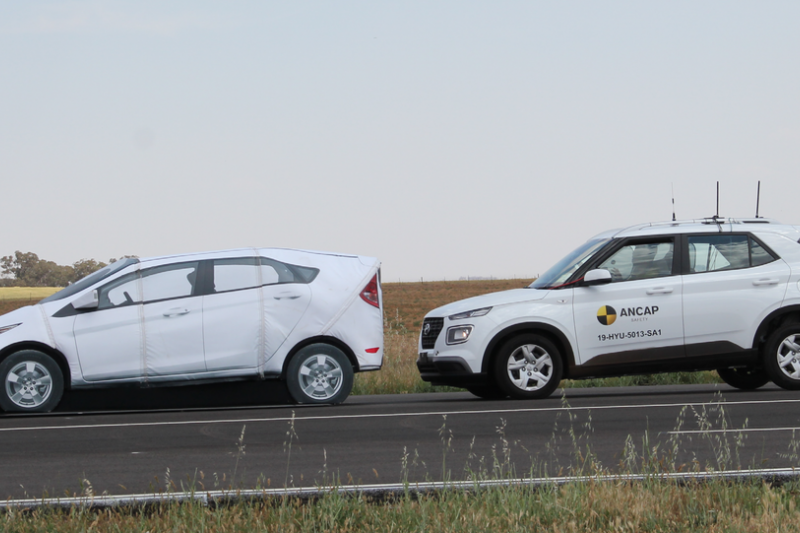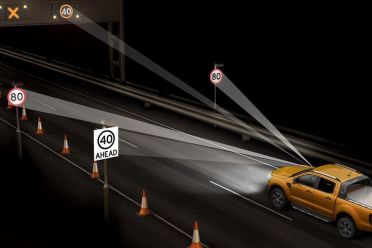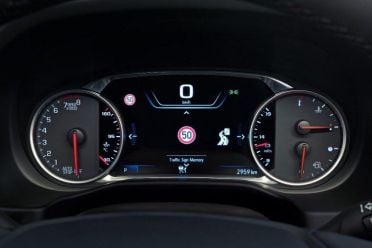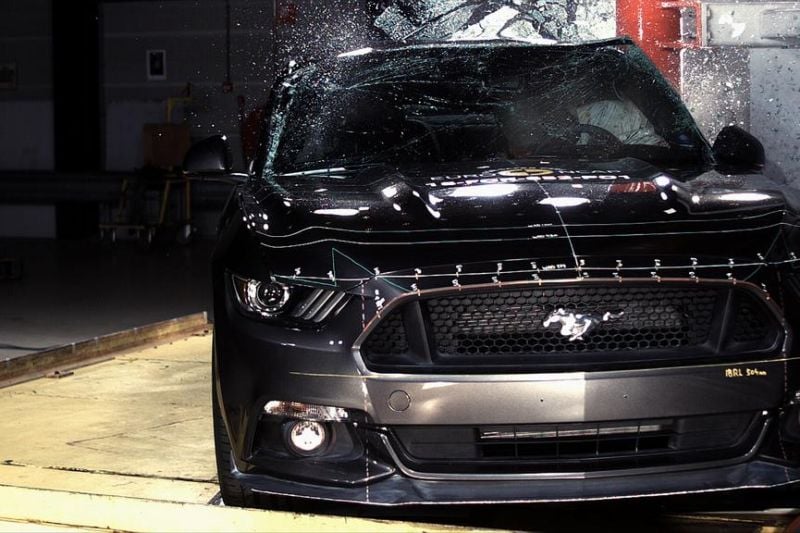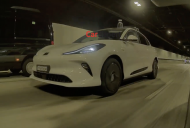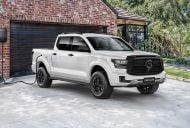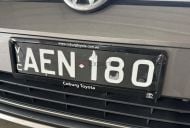The Australian National Car Assessment Program (ANCAP) has been our country’s preeminent independent safety authority since its inception in 1992.
The full battery of testing performed by ANCAP on a vehicle is currently split into four categories: Adult Occupant Protection, Child Occupant Protection, Vulnerable Road User Protection, and Safety Assist.
These categories include a range of crash tests against barriers, poles and dummies, as well as testing scenarios that measure the effectiveness of active safety technology like lane-keeping assist and autonomous emergency braking.
The current testing procedures are inarguably comprehensive but ANCAP testing has constantly evolved over the years, particularly as new technologies have been introduced by automakers.
In 2018, ANCAP also harmonised its standards with its European counterpart, Euro NCAP. That means when Euro NCAP standards change, ANCAP’s do as well.
This year, for example, both authorities made numerous testing procedure changes, including a new, moving barrier for the frontal crash test and new testing scenarios for autonomous emergency braking systems. There are more changes still to come.
ANCAP is following Euro NCAP’s 2020-2025 roadmap, which the European safety authority published in 2017.
What’s next for ANCAP?
Driver monitoring systems
The safety authorities want to incentivise automakers to include driver monitoring systems that can detect impaired and distracted driving to prevent accidents.
ANCAP currently awards three points for occupant status monitoring. Two points are for seat belt reminders while one is for the presence of a driver monitoring system that defaults to being on at start-up and can’t be turned off with the simple press of a button.
For 2022, it wants to expand assessment to include systems that detect the driver’s state and warn of hazards while intervening if necessary.
Child presence detection
Euro NCAP has said it wants to reward manufacturers that offer systems that detect if a child has been left behind in the vehicle.
The safety authorities will begin awarding points from 2022 for systems that can alert the owner or emergency services.
The current generation of Hyundai Santa Fe was the first vehicle to introduce what it calls Rear Occupant Alert – Advanced, available in Elite and Highlander trims, which uses an ultrasonic sensor to monitor the rear of the cabin for movement. It then notifies you if it detects any passengers left behind once you stop the car and lock it.
The feature is also available in the jumbo-sized Palisade and Kia Telluride and will likely proliferate through the Hyundai and Kia ranges.
Some cars from other automakers, including GM and Nissan, employ a simpler system similar to that of the Santa Fe Active’s Rear Occupant Alert. In these systems, a reminder is displayed when you turn off the engine if the car’s rear doors were opened at the beginning of the trip.
Autonomous driving
The safety authorities naturally anticipate the availability of autonomous vehicles. They see themselves as being in a position to advise consumers on what autonomous driving it is and what its benefits and limitations are.
Though we’re a while away from true Level 5 vehicle autonomy, ANCAP will eventually assess the performance of autonomous technology in different test scenarios once vehicles start to offer it.
Scenarios could include traffic jams, parking and highway driving.
Autonomous emergency braking and steering
ANCAP already assesses AEB systems’ effectiveness in scenarios where a vehicle, pedestrian, or cyclist crosses the path of a tested vehicle.
From this year, it’s expanded the list of scenarios tested to include where a pedestrian is crossing a street into which the tested vehicle is turning, as well as when a pedestrian is located behind a reversing vehicle.
From 2022, the road map specifies new testing scenarios where a vehicle encounters another vehicle or pedestrian in its path and uses both autonomous emergency braking and steering functions to navigate the obstacle and avoid a collision.
This type of testing will be necessary as autonomous emergency steering systems become more common.
Tertiary safety: rescue and extrication
The safety authorities assess primary safety (e.g. active safety technology) and secondary safety (e.g. whiplash and pedestrian protection) but there’s also tertiary safety, which covers the rescue and extrication of occupants from a crashed vehicle.
Automakers typically have rescue sheets with information about their vehicles’ construction and how best to extricate trapped occupants. Euro NCAP is working with the International Service of Fire and Rescue Services (CTIF) to support the availability of these sheets, with the aim to have them all available on a universal database.
Ideally, vehicles would have a standardised ID tag somewhere on their body that would provide a link to their database entry.
As part of the changes introduced for 2020, vehicles will miss out on points if they don’t have a Rescue Sheet or an Emergency Response Guide.
Future tertiary safety assessment may expand to include areas like preventing entrapment and the safety of batteries and fuel cells.
Traffic sign recognition
ANCAP may expand testing under the Safety Assist category to include traffic sign recognition, an increasingly common feature in cars today. In some cars, traffic sign information such as speed limits is detected via a camera and relayed to the driver via the infotainment system or instrument cluster.
Euro NCAP has identified a need to incrementally update the assessment criteria for these systems, including in conjunction with lane-keeping systems, where the detection of traffic signs expands to include Stop, Give Way and No Entry signs.
ANCAP isn’t a regulatory body but the high-profile nature of its testing can influence car manufacturers to improve the crash safety and safety feature content of their cars.
The five-star seal of approval from ANCAP is much coveted, but as the authority increases its standards and therefore raises the bar for such a rating, car companies will have to respond in kind. For now, the changes in this roadmap are additional criteria to be assessed.
Eventually, some of these changes could disqualify cars from a five-star rating if they lack certain features.
If governments don’t mandate features like rear seat occupant detection, for example, you may find car companies will continue to roll out this technology in response to ANCAP and Euro NCAP testing.
Extra technology may have an effect on a car’s price tag but the trade-off is a car that’s safer for you and your family.


